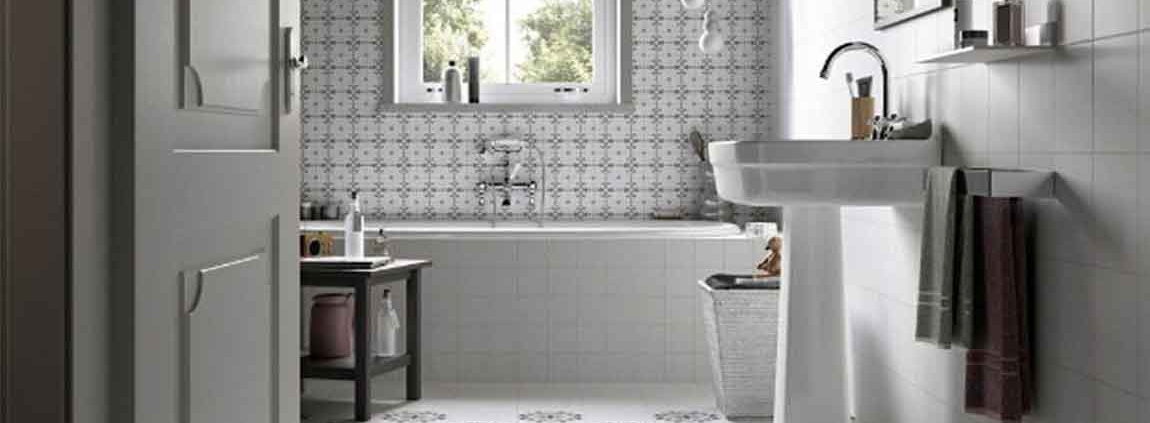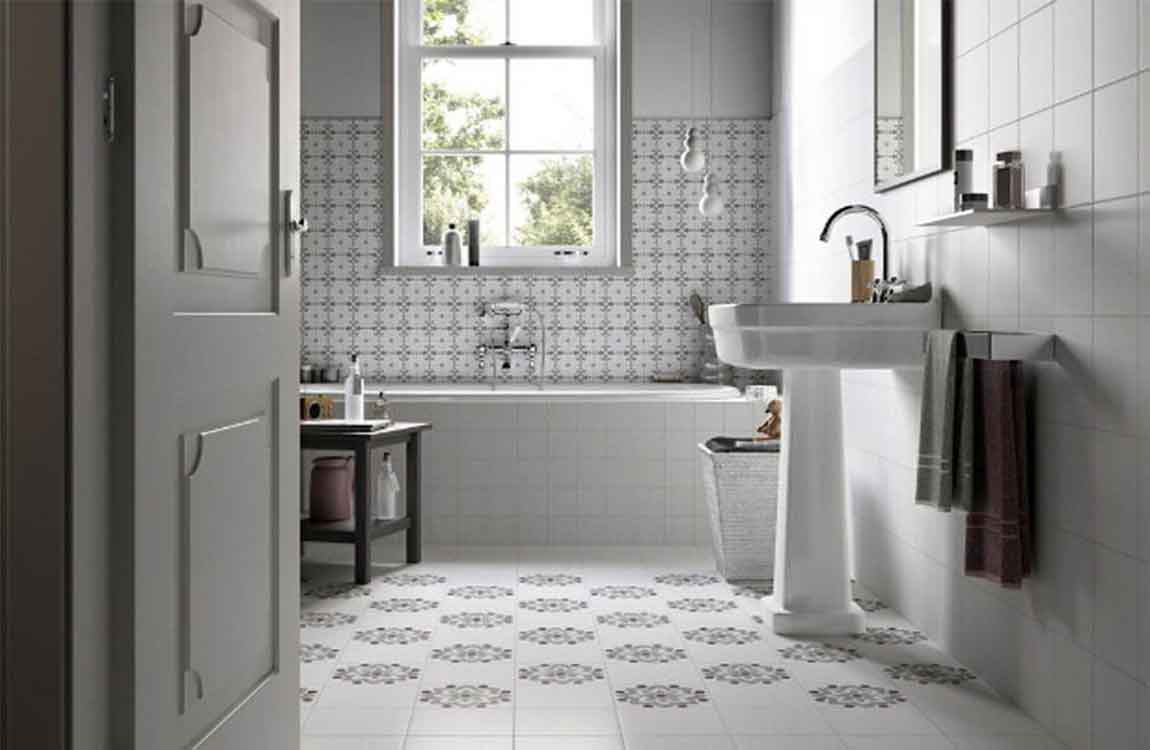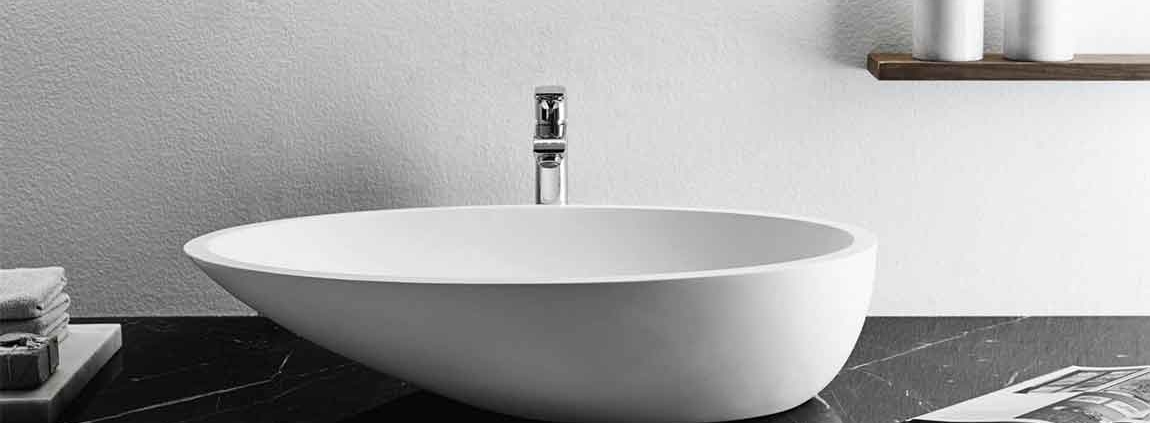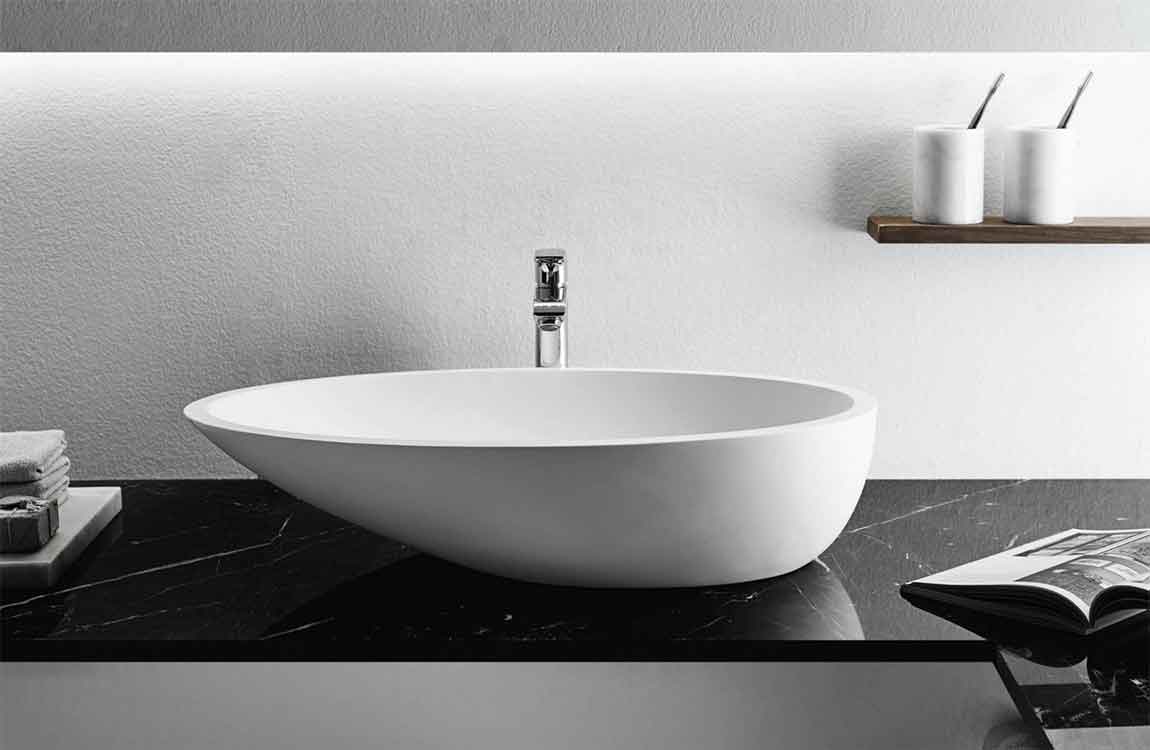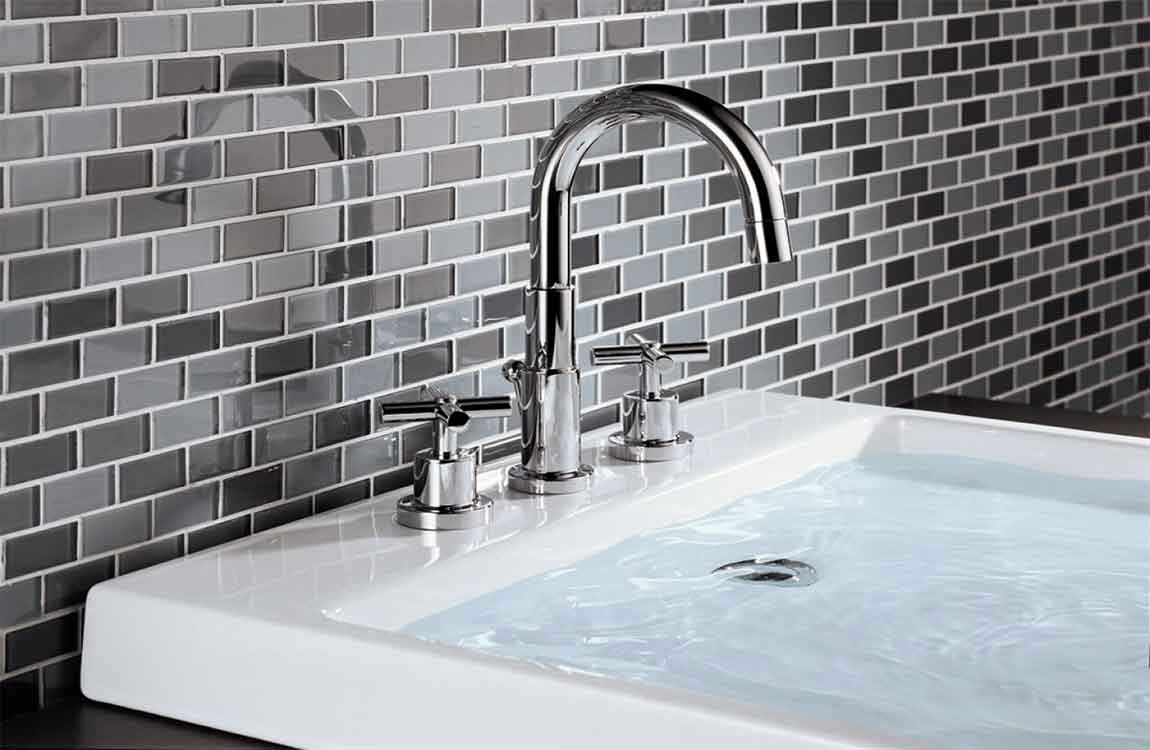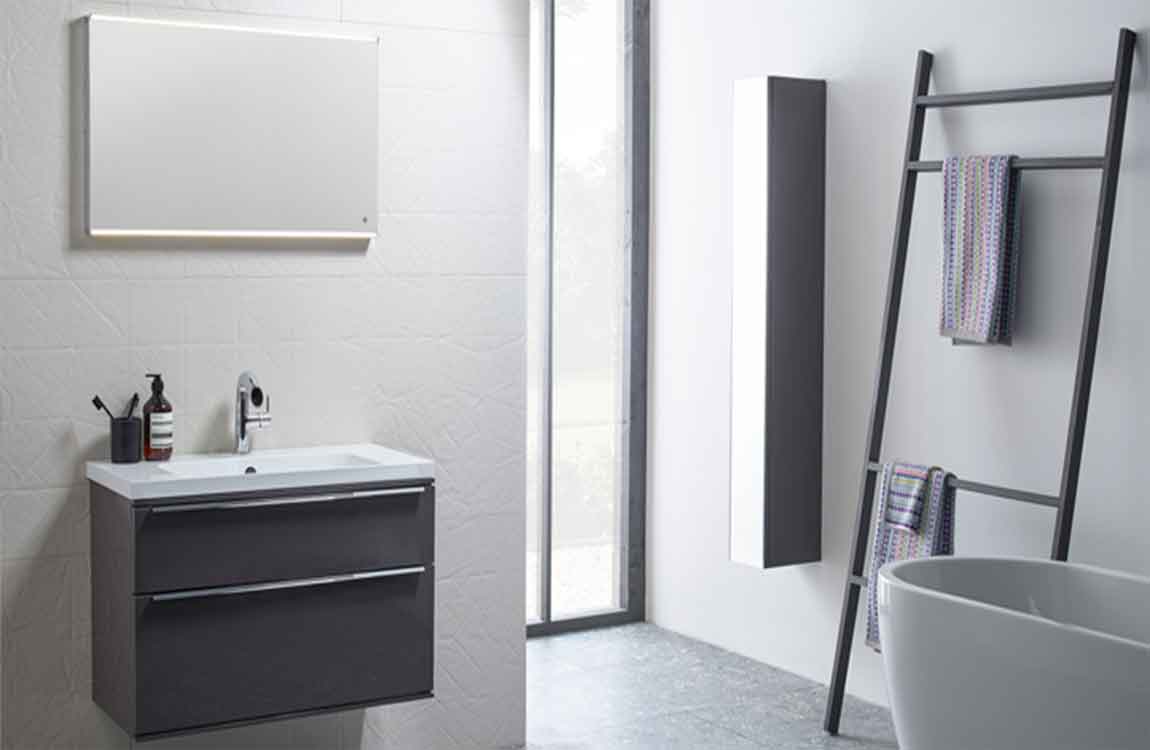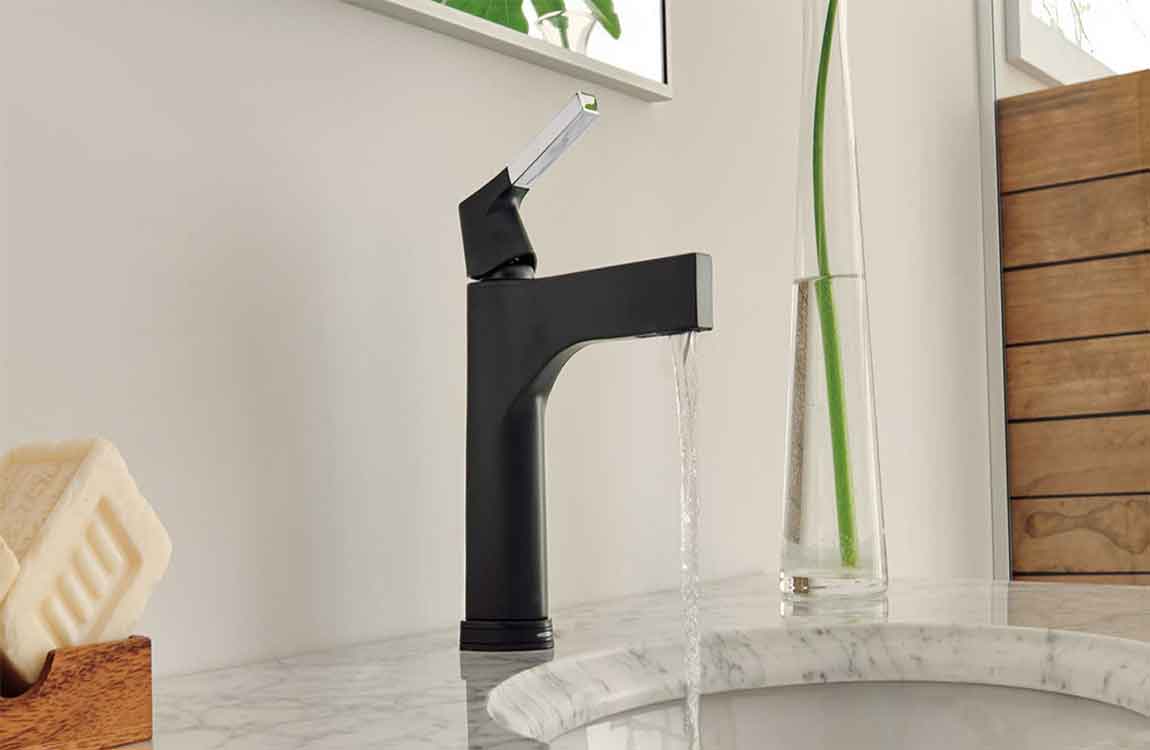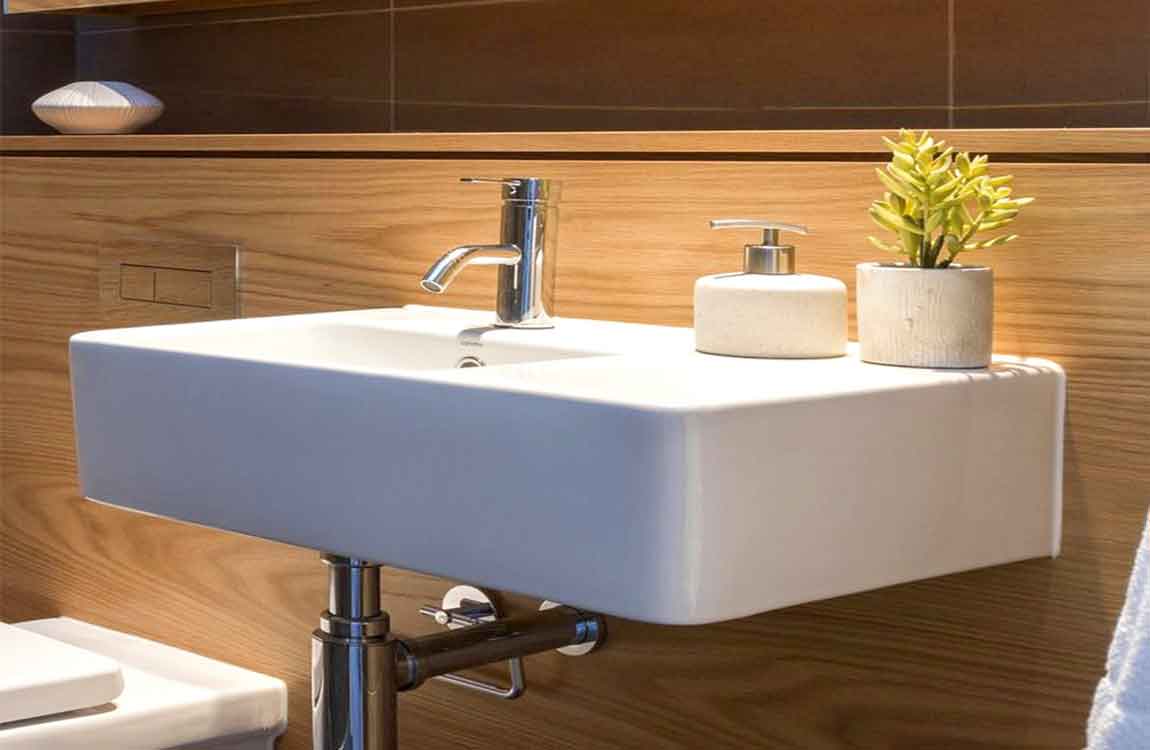Protecting Your Sink from Scratches or Damages
Wash the sink with a soft sponge. Although ceramic is a tough, durable material, it can still be damaged if scrubbed with an abrasive material. Do not use scouring pads to clean your ceramic sink, especially any pads made of wire or metal. Also do not use scouring powders to clean your ceramic sink, as they could scratch or damage the surface. Instead of these, clean the sink with a soft, non-abrasive sponge.
Some cleaning companies manufacture scouring liquids. Also avoid using these on the ceramic sink. Clean with a gentle, ceramic-specific product. Do not use concentrated drain cleaners in your ceramic sink. Although these products are advertised as being safe on all surfaces, a chemically potent concentrated drain cleaner may damage or erode the surface of your ceramic sink.
If you would like to use a drain cleaner, look for a gentler cleanser that is specifically designed for use on ceramic or porcelain. You may be more likely to find such a drain cleaner at a health store or a natural foods store.
Wash dishes in the sink or in a metal container. Be careful to avoid washing dishes in large plastic bowls. Although the plastic bowls themselves will not harm the ceramic, the bowls will likely accumulate grit and dirt on their bottoms through normal use. This grit can scratch the surface of the ceramic on the bottom of your sink, and these scratches cannot be removed.
When you wash dishes, either fill the sink itself with soapy water, or find a large vessel that will not collect grit on its bottom. For example, use a large metal saucepan.

